08.01.2018
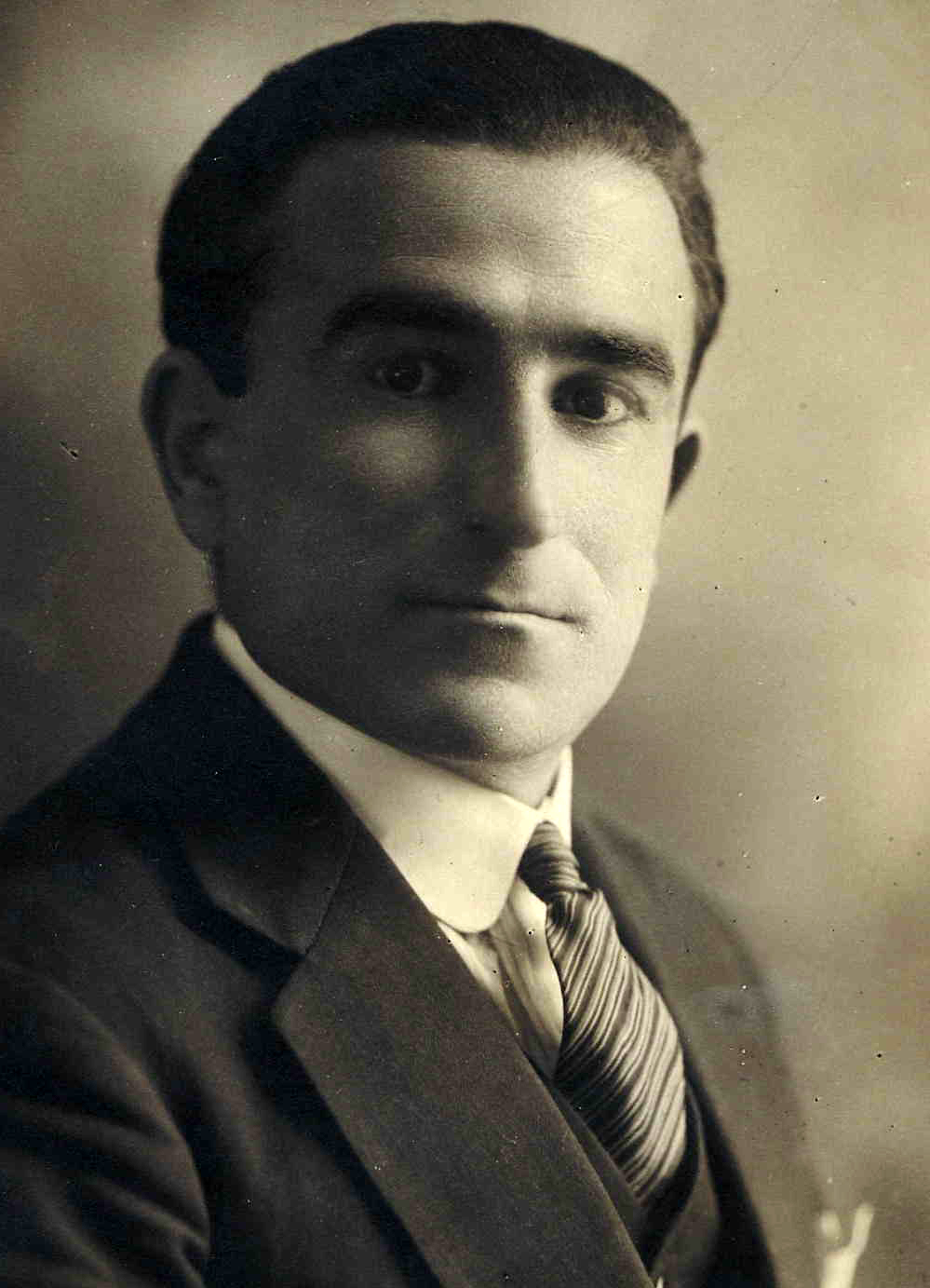
Hayk Aharonyan, Venice, 1930
The memoir of Hayk Aharonyan, a survivor of the Armenian Genocide, has been written down by his son Emanuele Sergio Aharonyan. By doing this work he mentions that when these stories are not written down directly by the survivors, they lose their “flavor”.
The father of the person, who wrote the memoir, Hayk Aharonyan, was born on May 25, 1905, in Sebastia, attended an Armenian private school. One day Turks told them, that they were deporting all the Armenians. They offered to the family to convert to Islam and stay, but Hayk’s father Manuel, answered, that he was born Christian and would die Christian. During the Armenian Genocide, Aharonyan lost eighty-four relatives. Only one, Levon Darbinyan, succeeded to cross the Russian border and to find shelter in Eastern Armenia.
A Turk took Hayk to his farm in Malatya, where he worked nine years for him. He mentioned that by this the Turk saved his life, as six-seven years old children or over were killed because they would remember, that they were Armenians and Christians. After shooting two neighbors by the master's indication, he was offered to escape to Malatya. 19 years old Hayk encountered many difficulties and returned to Sebastia. He went to his father’s house and found out, that a Turkish family was leaving there. When he announced, that the house belonged to his family, the Turks answered to him: “Giavur (infidel) go away, otherwise we will cut your head off”.
So Hayk took another dangerous journey to Constantinople. He wanted to go to France or the United States from there. He was arrested there being accused of leaving the country In the prison, he met Gevorg Halajyan (Taparagan/Weiler) and this meeting is described in Halajyan's memoir titled "To the gallows". Taparagan describes Aharonyan as a young man who "lost his parents during the deportation, incinerated his body with tortures under the burning sun of the desert, pierced his heart by the sorrow towards the beloved ones, dug grave with his hands, buried sister, brother, father and mother in the sands of the desert, but was not discouraged or demoralized». After being tortured in prison 40-45 days an Armenian found him, paid the guards and released him. Hayk boarded in Italian ship and told his story in English to the captain. The captain hid him in the ship.
In 1924 Hayk Aharonyan successfully reached to Trieste and went to Venice to the Mekhitarist Fathers. He later became a teacher at Moorat-Raphael College. By the invitation of one of the students Gabriel Zarmanyan he went to Tripoli, Libya. There he married to Gabriel’s sister Nvart. 33 days after the child’s birth, Nvart died. Later he married to a survivor of genocide from Erzurum Pailun Sirunyan.
In the letters addressed to his son Hayk Aharonyan complained, that he was a man without citizenship. While living in Venice he had a Nansen passport. He wanted to obtain Italian citizenship, but as the requirement for that was the membership to Italian Fascist Party, he gave up the idea.
In 1948 Hayk Aharonyan decided to leave behind the prosperous life in Tripoli and return to the Armenian Soviet Socialist Republic: “I am tired of being a man without a country. We are Armenians and Armenia is our motherland. After all, my family was killed because we were Armenians”. They were informed that they had to reach Cairo to join the group of repatriating Armenians. That was 2,500 km road through the Sahara desert and previous failures forced the family to give up the idea.
In 1970 the family returned to Italy. In 1976 Hayk Aharonyan reapplied for the citizenship. This time he was granted the Italian citizenship a week after the death.
In the letter addressed to his son Hayk writes: “The Turks killed us in a barbaric way... They killed my father in front of me, separated my mother from me. She was holding a two and a half years old daughter Shnorik. I had a beautiful six years old sister Berjuhi and eight years old brother Artashes. I don’t know where they were taken and how the Turks killed them together with all my relatives with cruelty. They took me and other Armenian boys away. It is not a thing to forget”. While telling to his family the sufferings that he endured during the deportation, Hayk Aharonyan always mentioned: «You are just hearing about it, but we have seen it with our own eyes».
The source: AGMI, dep. 8, №8281, file 202.
Taparagan, To the gallows, Boston, “Hayrenik”, 1932, pp. 60-63.
Regina Galustyan, AGMI Researcher
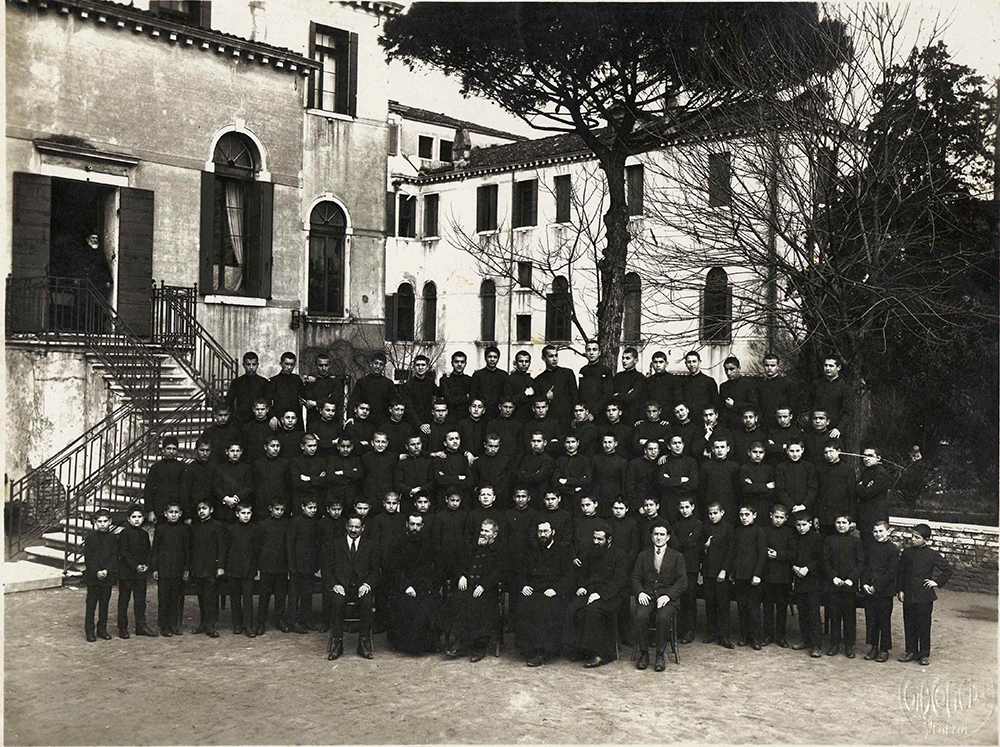
The alumni of Moorat-Raphael College of Venice with teachers, 1929-1932
Seated first from right is Hayk Aharonyan
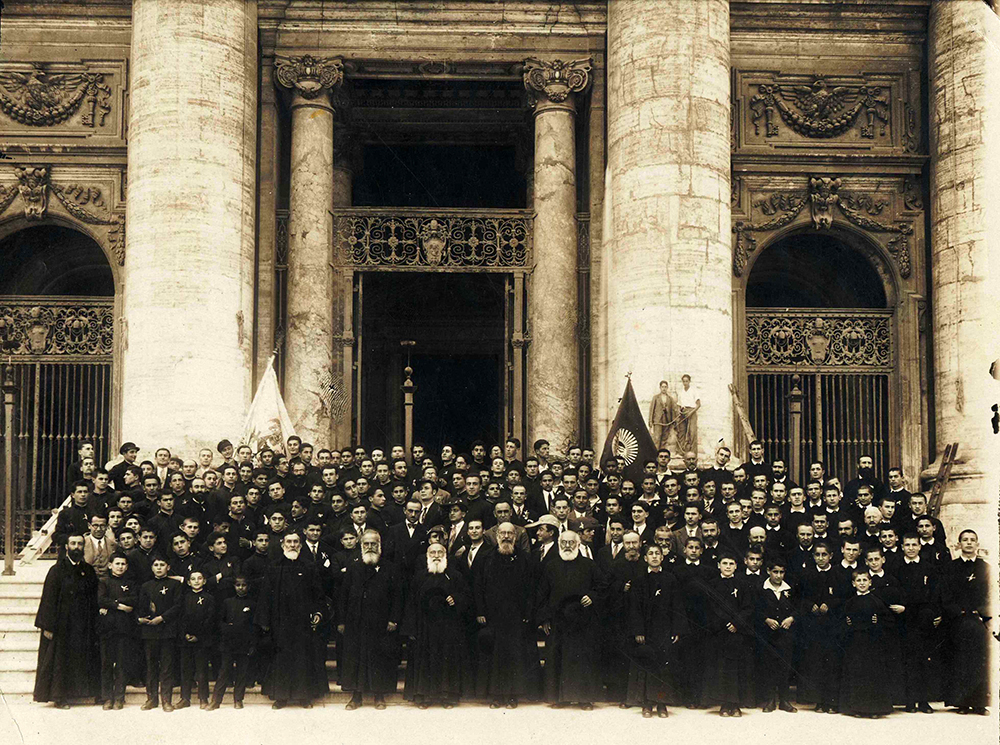
The alumni of Moorat-Raphael College in St. Mark’s Square
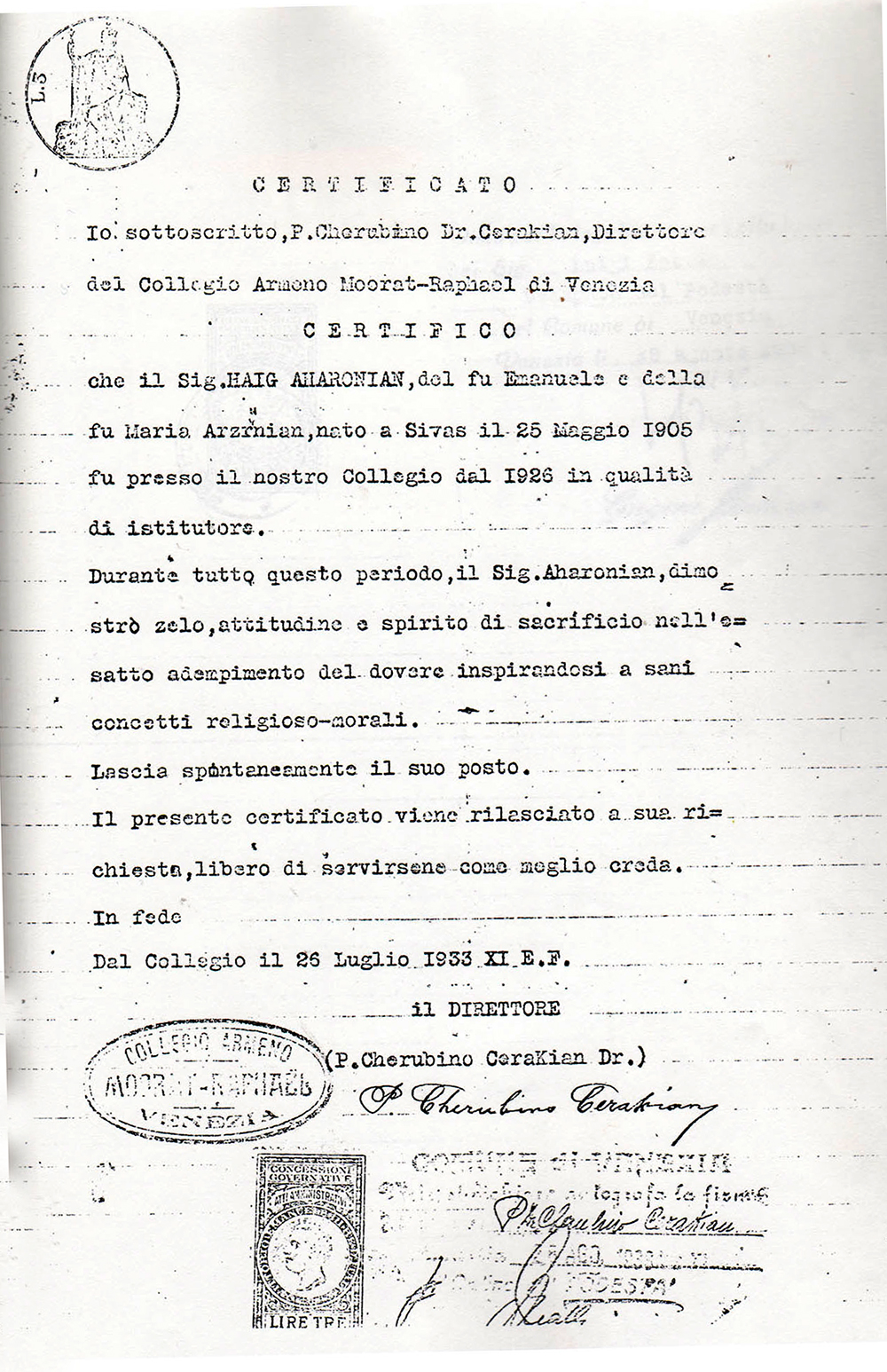
The work certificate of Moorat-Raphael College given to Hayk in 1933
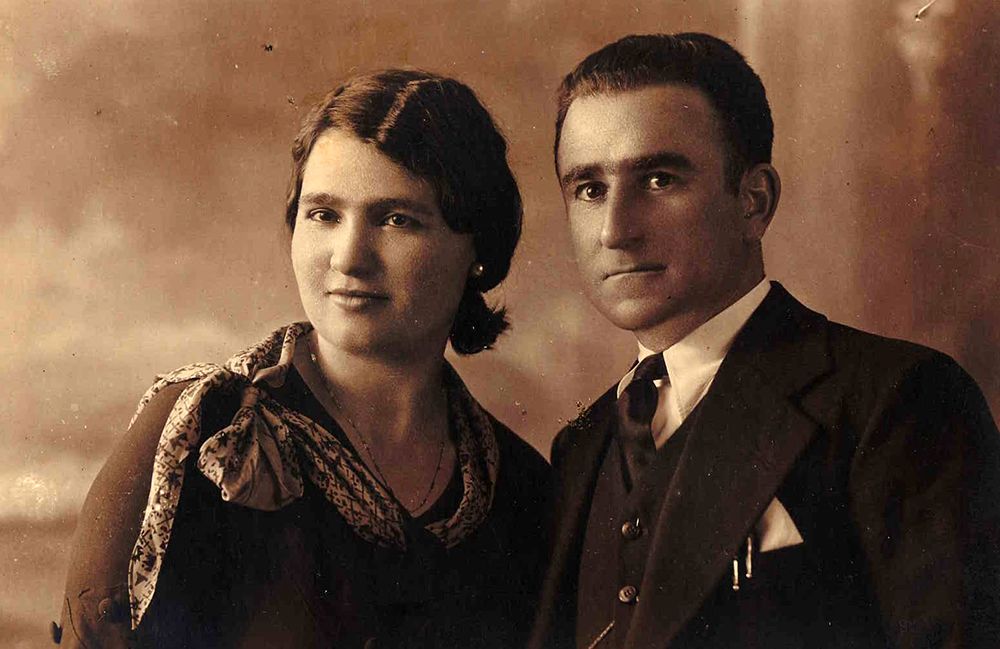
Hayk and Nvart Aharonyans, Tripoli, Libya, 1937
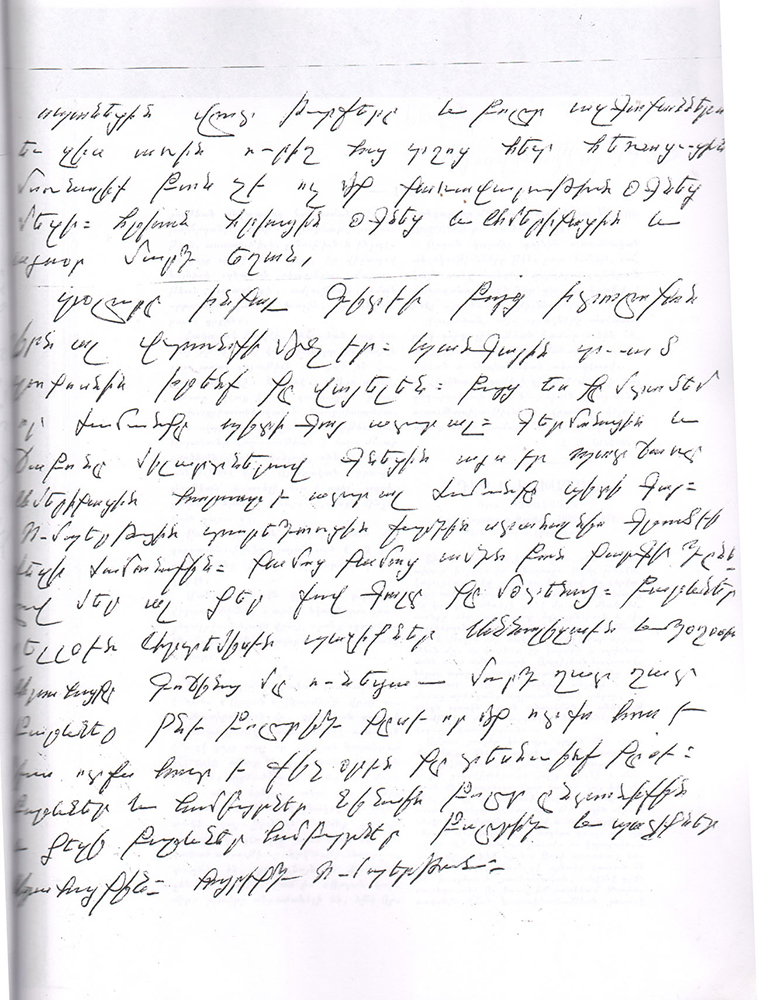
A page from the letter of Hayk Aharonyan to his son on February 25, 1973
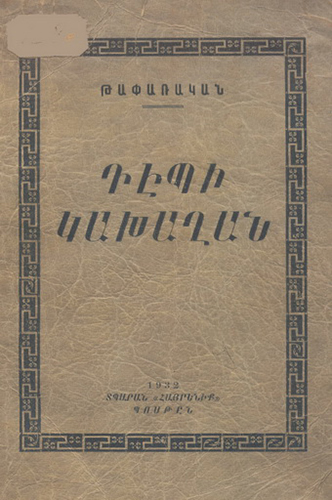
The cover of Taparagan’s book “To the gallows”, published in Boston in 1932





